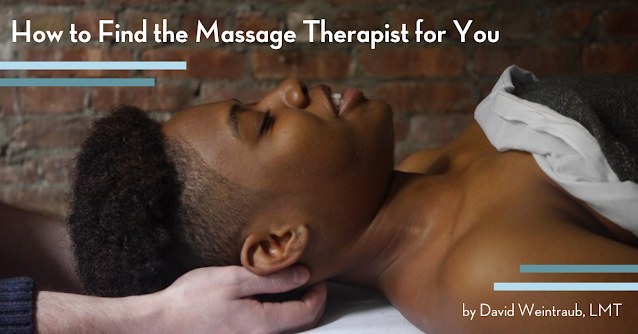Massage Therapy is gaining in popularity and recognition as a legitimate and powerful tool. It helps to heal injuries, relieves stress, and improves overall health. However, to the uninitiated looking for high-quality care, the search for a great therapist can be daunting. There's a dizzying array of different treatment styles all under the umbrella of massage. Here is our guide to finding a great massage therapist in New York and everywhere else!
1. Find a State Licensed Massage Therapist.
If you’re not sure, ask if they’re licensed and registered with your state.
To us in the industry, this is obvious. But there are many people out there offering massage who are not state licensed, and not state registered. Licensing is important because it means there's a baseline of safety protocols that the therapist follows. These include proper privacy draping, extensive knowledge of anatomy and physiology, and required knowledge of scope of practice.
Massage Therapy licensure in New York State requires a minimum of 1000 hours of schooling and clinical practice. There's also a comprehensive exam that must be passed.
Many unlicensed establishments offering massage are fronts for unseemly practices. Therefore, if you want a legitimate, professional massage therapist, make sure you’re booking appointments with state licensed practitioners. An LMT has specific training in communicating effectively with you about your needs. They'll make your safety and comfort while receiving massage therapy a priority.
This includes proper draping practices to make sure private areas on your body are always covered and protected. Also, an LMT has the ability explain the therapeutic reasons for working close to these areas, such as work on adductor and glute muscles, as well as more advanced techniques like working on pelvic floor muscles. And NYS licensure requires allowing you, the client, to make your own choices on what work you are willing and not willing to receive.

.jpg)
